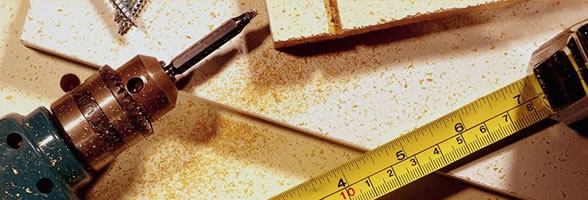Article archive
17/06/2016 21:40
Kho me (sesame) cakes are made from glutinous flour, rice flour, granulated sugar, ginger, and sesame. The rice flour is mixed with the glutinous flour, then poured into a mould to be steamed and then dried. Next, the cakes are soaked in sugar or sesame. The ones that are soaked glutinous flour are called “kho no”, and those soaked in sesame are called “kho me”. The delicious cakes are soft with well-dried sesame and, when they are broken, the sugar must be like thin yellow silk cords. Kho me cakes are usually put on altars at death anniversaries or the Tet holiday.
Kho me cake is a speciality of Quang Nam Province and Da Nang. During the Nguyen Dynasty, the making of the famous kho me cake in Quang Chau, Hoa Chau Commune, Hoa Vang District, was developed into a village craft. The making of kho me cakes in Cam Bac-Hoa Tho Commune and Quang Chau Hamlet, Hoa Chau Commune, dates from the 1950s.
Mrs Lieu has the best reputation for making the kho me cakes...
—————
17/06/2016 21:39
Cam Ne Mat Village, which is 14 km to the south-west of Da Nang, belongs to Hoa Tien Commune, Hoa Vang District. Cam Ne mats were used in the royal palaces of the Nguyen Dynasty, and the artists from Cam Ne Village were honoured and rewarded by the kings.
According to the elders of this village, mat craft originated from Hoang Hoa, Thanh Hoa Province. It was taught to people in the southern region during the 15th century when King Le Thanh Tong won Chiem Thanh, and merged Do Ban into Quang Nam-Da Nang. From that moment on, despite suffering from the separation of the war and competition from imported nylon mats, Cam Ne Village remains and flourishes.
Using raw materials like sedge, and the delicate knitting frame, the artists of Cam Ne make floral sedge mats in all sizes, with beautiful designs to meet the demands of the markets in the north and the south.
A Cam Ne mat is much thicker, better, and softer than ones made in other...
—————
17/06/2016 21:38
Quan The Am (Goddess of Mercy) Festival, a big Buddhist festival, is celebrated annually at the Marble Mountains. It was first organised in 1962 for the inauguration of the Avalokitecvara Buddhisattava (Goddess of Mercy) statue in Hoa Nghiem Cave on Thuy Son, one of the five Marble Mountains.
After 2 years, the festival celebrated the inauguration of the Quan Am Pagoda in Quan Am Cave, where a stalactite shaped like Avalokitecvara had been found. After that, for some reason, the festival did not take place until the Avalokitecvara Spirit Anniversary in 1991 (Tan Mui Year). Ever since then, the festival has been held annually, starting on the 19th day of the second lunar month, and the celebrations last for 3 entire days.
The festival is in 2 parts: the ceremony and the gala activities. The ceremony has several main parts, including “Le khai kinh” (prayers for a peaceful and prosperous life), “Te xuan ”, and “Le ruoc anh...
—————

